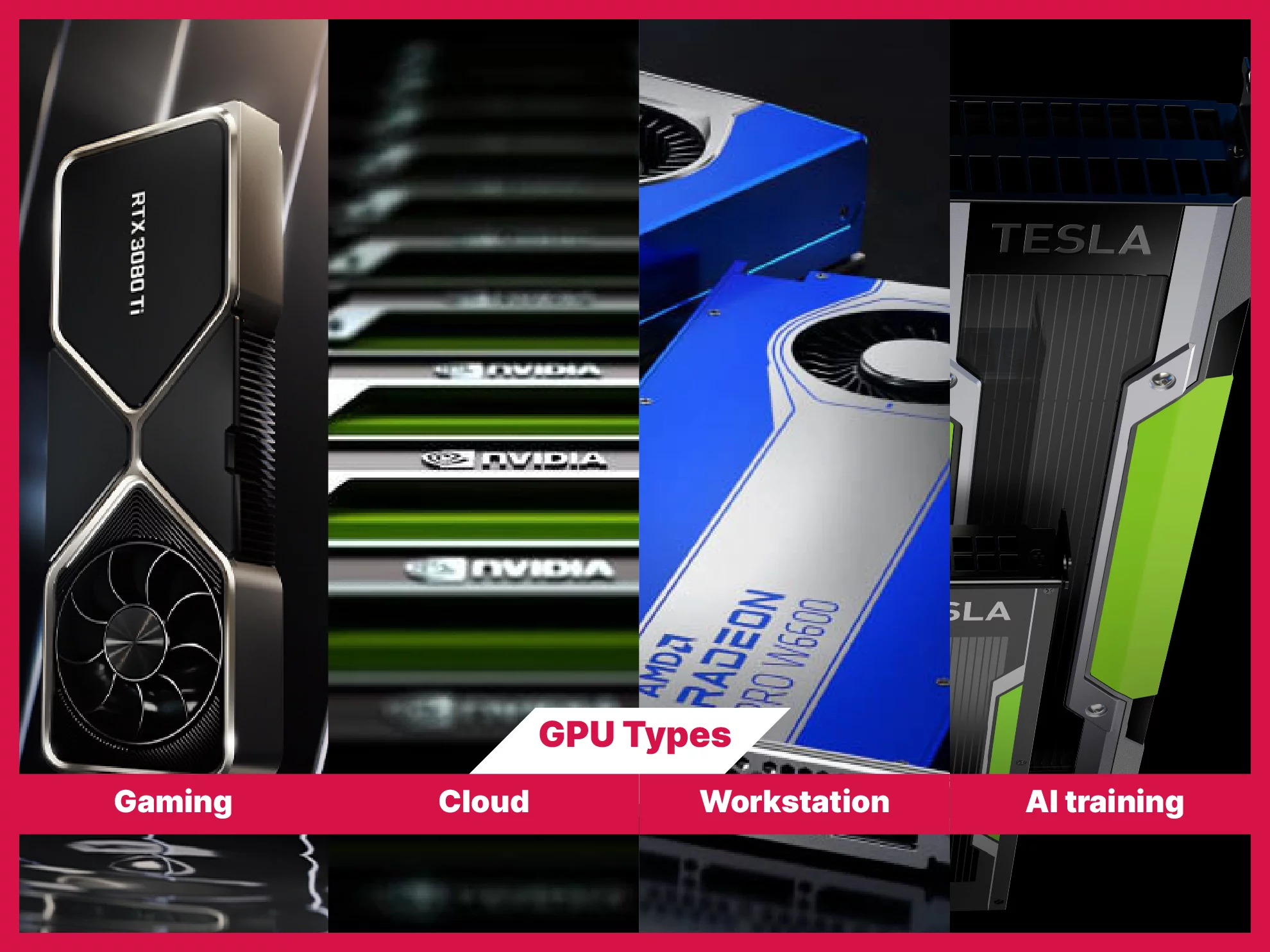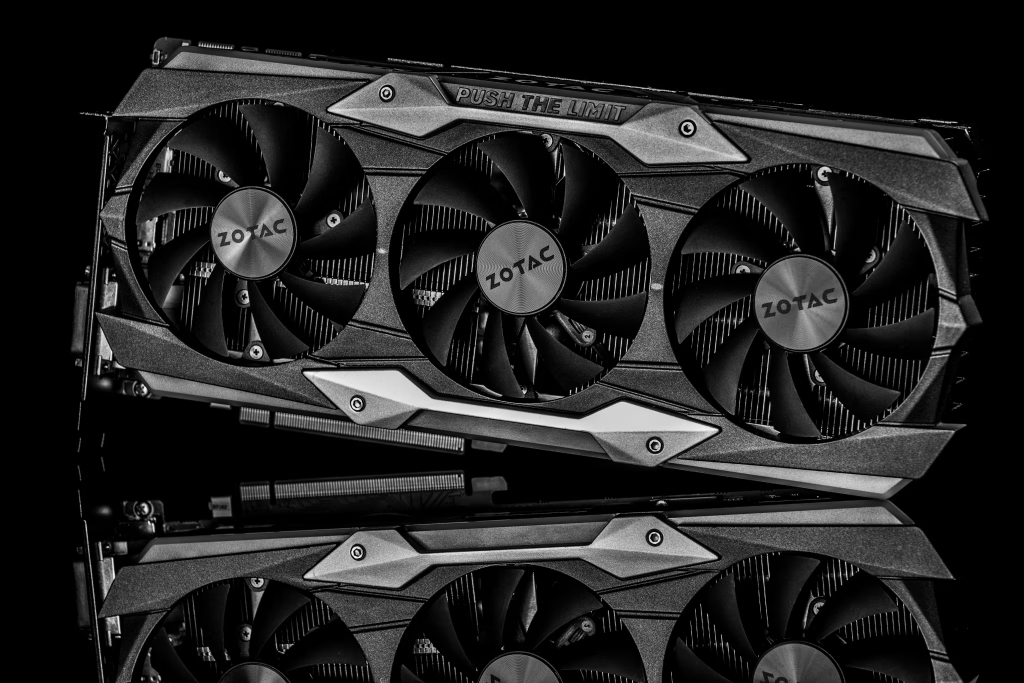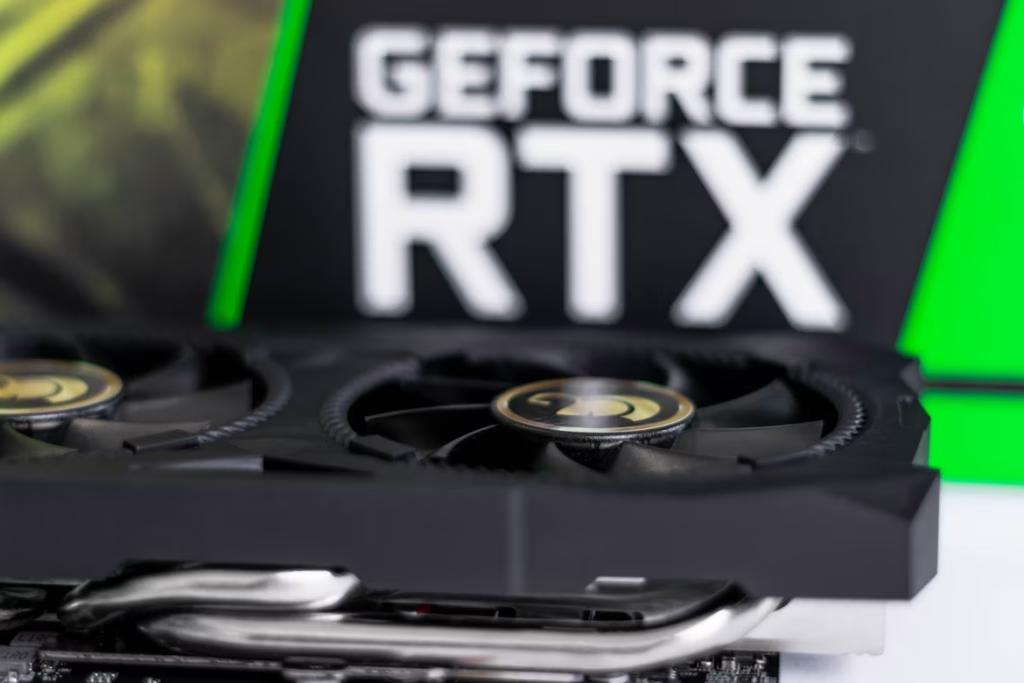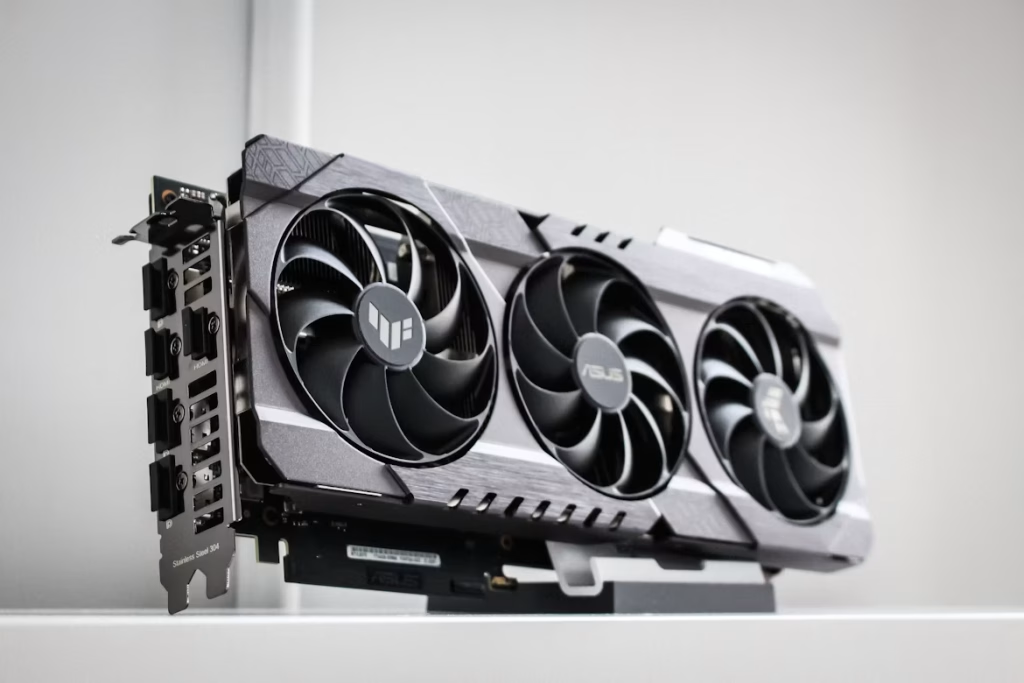Typically, a GPU is classified into dedicated or integrated. Dedicated graphics cards are more likely to be called video cards as they’re separate components that you can attach or remove. Integrated graphics, on the other hand, comes embedded on the motherboard with the processor itself. Before we discuss specific types of GPUs for gaming, cloud, workstation, AI, automation, etc., let’s clear what’s a dedicated GPU vis-à-vis an integrated one.
Integrated vs. dedicated GPUs
A GPU needs volatile memory to store information.
Think of it as the place where all the “intermediary” data get stored so that it can be easily acquired and used while rendering a game’s frame.
All objects, their states and positions, all patterns, textures, etc. that should be on the current screen/frame are stored in the volatile memory. As and when needed, the GPU acquires these pieces of information and renders a frame.
Now, here’s how integrated graphics is different from dedicated graphics.
Integrated GPUs make use of the system RAM for this. They take up a portion of the system RAM and use it as the storage of volatile data. This makes less RAM available for the rest of things (all processes, apps, services require RAM to run).
On the other hand, dedicated GPUs come with their own volatile storage called “VRAM”. As a result, more data can be stored for the render without impacting anything else. And as the VRAM is a part of the GPU and literally placed inside the video card, storing and taking data to and from this component is very fast.
The VRAM is optimized in such a way that the GPU can acquire data from it very fast and bypass the need to rely on other components completely.
Other benefits of a GPU vs. integrated graphics include:
- GPUs are created powerful as they are meant to handle powerful tasks. Integrated graphics are feeble, as they’re only meant to be used for lightweight tasks such as viewing videos or rendering fonts correctly.
- A powerful GPU is a must for running high-end games. Some software (video editing, 3D, etc.) can also utilize a dedicated GPU’s hardware acceleration.
Intel processors come with integrated graphics, allowing you to operate a good-looking PC without having a video card. AMD manufactures the same tech but markets it as “APUs” – accelerated processing units. Usually, AMD APUs have higher cores/threads than Intel iGPUs, but at the cost of lower speeds. Nvidia does not manufacture any such thing.
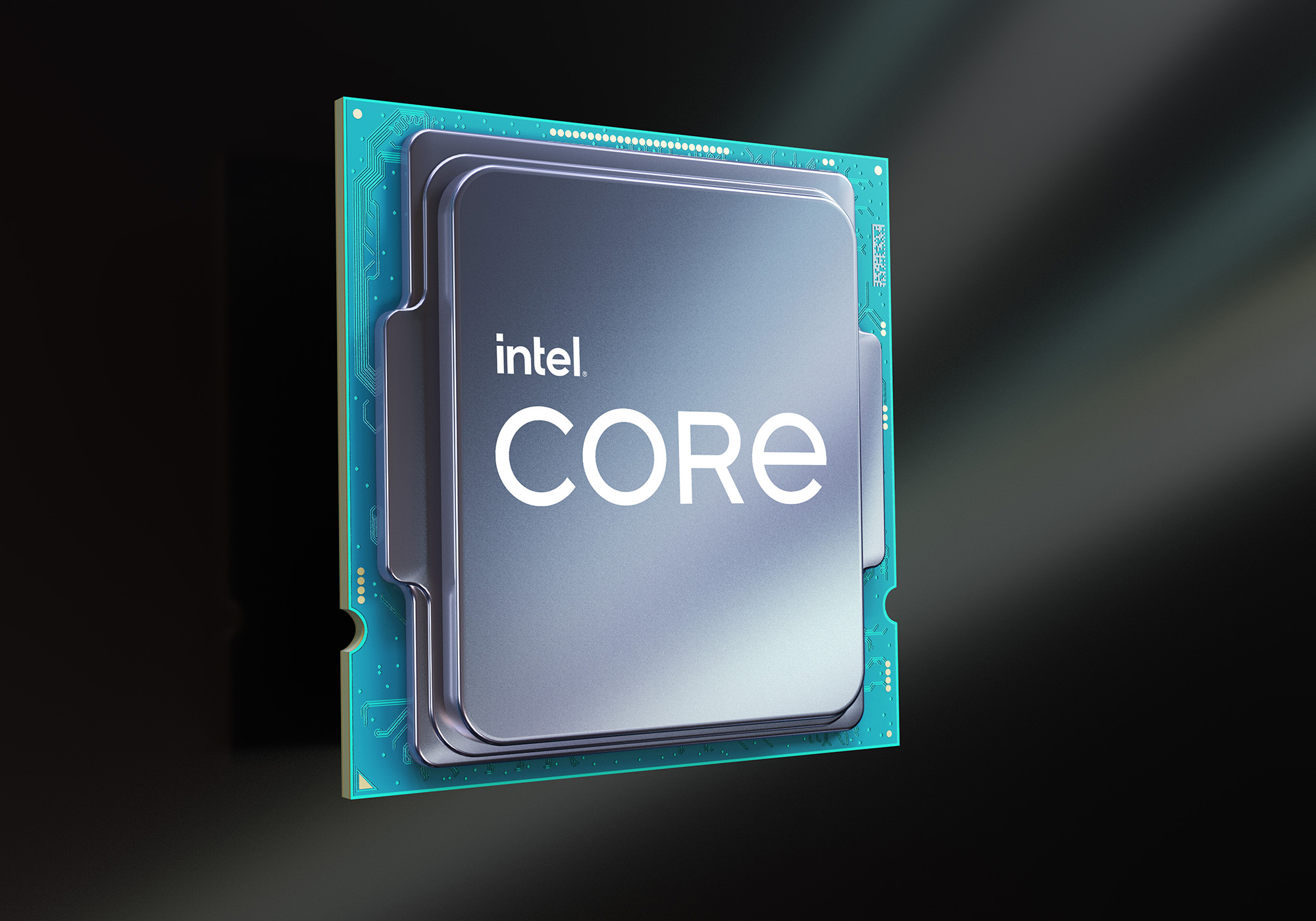
Gaming GPUs
Although you don’t necessarily need a GPU for gaming (read Is a gaming PC needed to play games?), you need one to run AAA titles and modern games with high settings. Why?
Because the lifelikeness and realism of these games (and the components such as textures, models, meshes, effects, etc.) require a high amount of graphics processing power.
A gaming GPU is optimized to render game frames fast in real-time.
Nvidia and AMD are the big fishes in the gaming GPU industry. Intel has also recently joined the fray with “Intel Xe” video cards.
Some examples of gaming GPUs:
- Nvidia GeForce GTX and RTX series (like RTX 2080 Ti or the newly released 30-series: RTX 3080).
- Nvidia Titan (though meant for workstations because of a large VRAM and professional software drivers, Titan can be used to run games easily).
- AMD Radeon R5, R7, R9, RX, Vega, and the new 6000 series. For example, the AMD Radeon RX 580 or the AMD Radeon RX 6900 XT.

Cloud gaming GPUs
Cloud gaming has become very popular in the 2010s. Using cloud gaming technologies (like AMD’s RapidFire), companies can effectively build games that directly stream high-quality gaming experience to any device. In cloud gaming, a user is playing a game remotely from a cloud/remote server.
Gamers who don’t want to invest heavily in expensive GPUs but still want to play high-end games at high FPS can use cloud gaming services on a fraction of the cost of a full-fledged gaming system. The cloud GPU plays the game, and it’s just streamed to the gamer’s PC. All inputs such as key presses are relayed to the cloud system lightning fast.
It’s also good for testing games.
Cloud gaming GPUs make it easier to make faster games for remote gaming and streaming as compared to a traditional GPU which sits on the computer system and runs the game files stored locally on a drive connected to the same system.
Some examples of cloud gaming GPUs:
- AMD Radeon Sky: passive cooling, 8-pin power connectors and 300 watt thermal design power.
- Nvidia Grid K1 and K2: used for much more than just games, like CAD and Microsoft Azure.
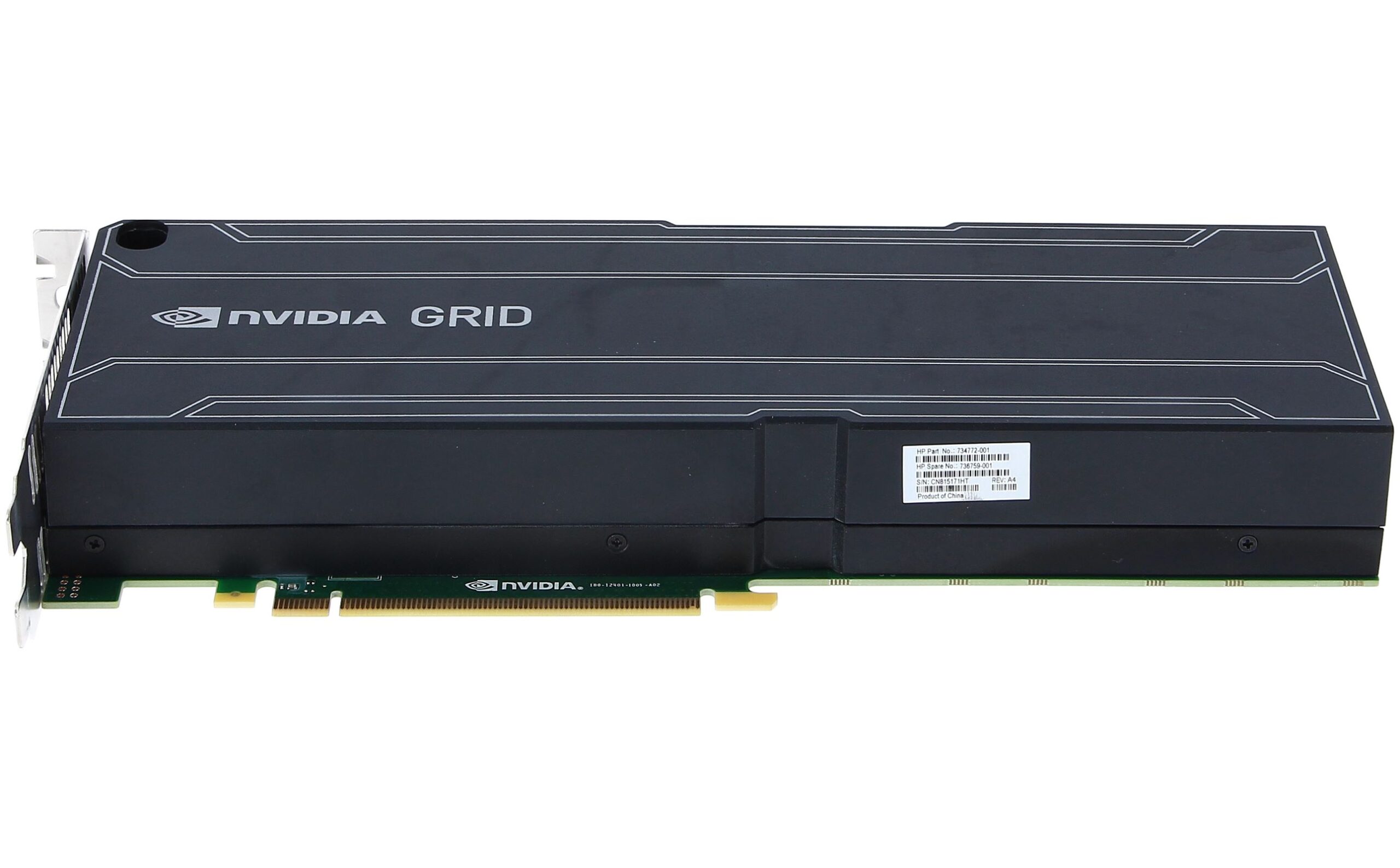
The key aspect of a cloud gaming GPU is to optimize latency, frame quality, and performance. And not only games utilize cloud gaming GPUs. In fact, on a more general note, these can be simply called cloud GPUs and are actively used for a number of other purposes including graphics, 3D applications, and other business applications that have a direct cloud access and require GPU acceleration.
Workstation GPUs
Professional and creative work like:
- VFX, CGI, and motion graphics
- Video and audio editing, encoding, decoding, rendering, transcoding, etc.
- Game development
- 3D assets, textures, meshes creation
- Product development in 3D
- 3D modeling, animation, and rendering
- Structural analysis and simulations
- CFD analysis
- Scientific calculations and big data management
Require a lot of GPU prowess.
While a game prioritizes the quality of lifelike objects and realistic effects, the priority in professional work is actually how much data can be stored, manipulated, and exported at the same time.
For that reason, a workstation GPU is more likely to have software-specific compatibility and drivers, larger VRAMs, bigger sizes, etc. while being comparable to a gaming GPU in terms of performance and render quality.
These GPUs need to be very good at number crunching as well as pixel crunching.
Some examples of workstation GPUs:
- Nvidia TITAN cards
- Nvidia Quadro series
- AMD FirePro (discontinued) and Radeon Pro
- AMD Radeon VII
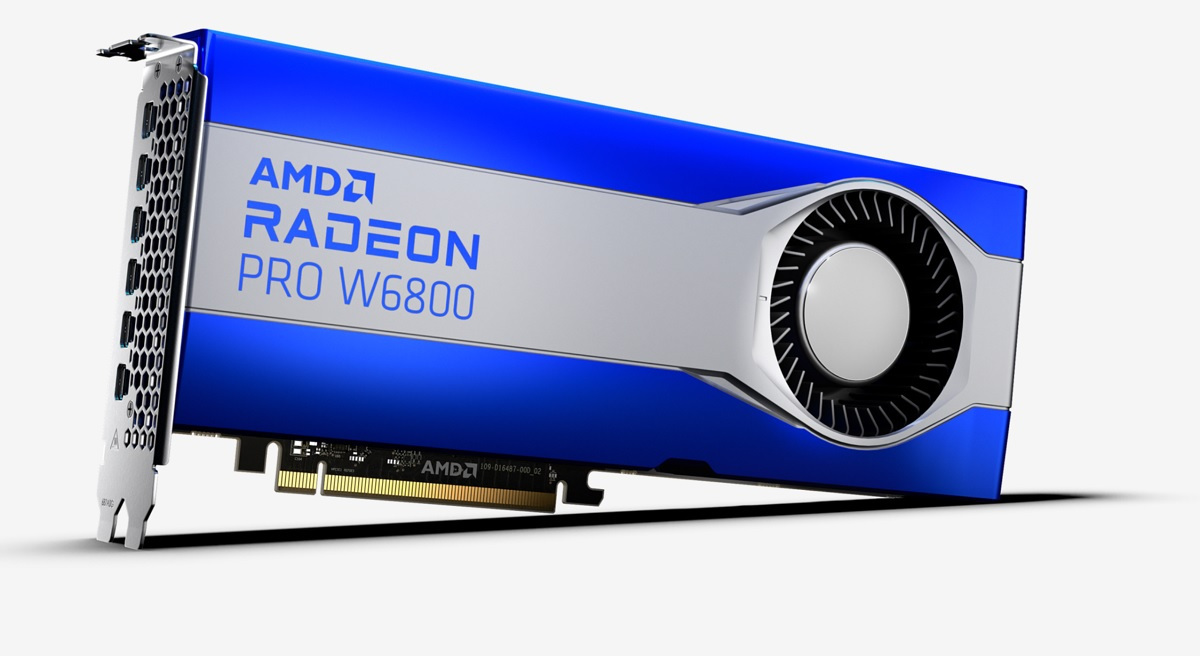
A more niche requirement is a combination of cloud and workstation. When the same type of performance and quality that a workstation process needs (from a GPU) has to be accessed remotely from a cloud server, a workstation or cloud gaming GPU is not good enough.
Workstation GPUs are bound to be power-hungry and equipped with higher specs in terms of rasterization, processing, and overall cores, units, and speeds than gaming GPUs.
For that, we have more specialized GPUs that can be called “cloud workstation GPUs”. The examples would be the Nvidia Tesla and AMD FireStream. This is supercomputer stuff where stream processing, technical computing, scientific engineering, etc. are usually the high priority tasks. Though these GPUs are also important for a lot of other more general purposes within a supercomputer, remote workstation, or cluster.
AI training GPUs
Artificial intelligence training requires a lot more GPU power than typical gaming PCs. Based on a high number of compute units and stream processors (as well as large and fast memories), AI training GPUs are optimized for deep learning (machine intelligence) and therefore, are great for artificial intelligence purposes.
These GPUs are what we can also call “accelerators” as they allow existing AI frameworks to work faster, better, and more effectively.
AMD Radeon Instinct and Nvidia Tesla are usually the go-to AI training GPUs.
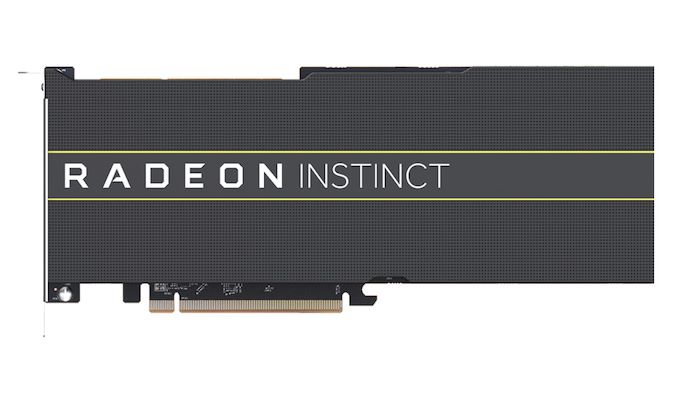
Other types of GPUs
Nvidia’s Drive is a GPU that’s optimized for driverless cars, while the AMD EPYC is a business-grade processor for high performance computing. Essentially, there are many types of GPUs because different industries have different types of compatibility and optimization priorities.
Apart from the industries mentioned throughout the article, many more industries like database and analytics, HCI, virtualization, data centers, healthcare and medical research, telecommunications, etc. require GPU support for faster and more accurate work. And chances are, there’s a well-optimized GPU from either Nvidia or AMD just for that industry. For example, see Nvidia’s page “Transforming industries with AI computing” to get a glimpse of what types of GPUs are in production.


